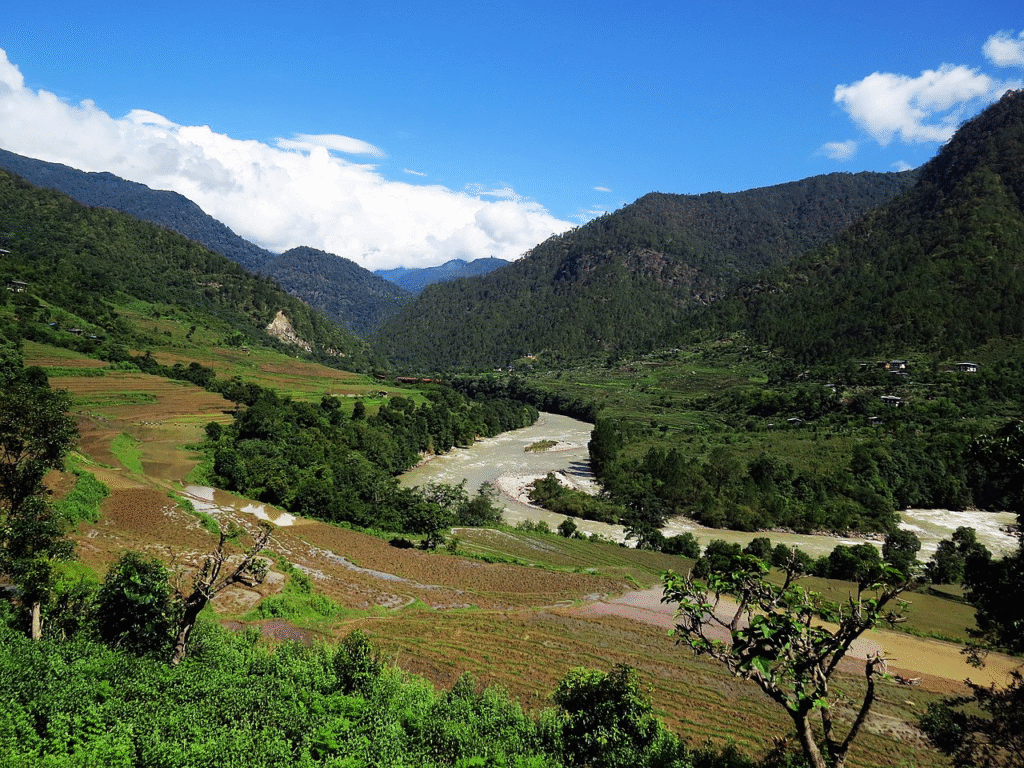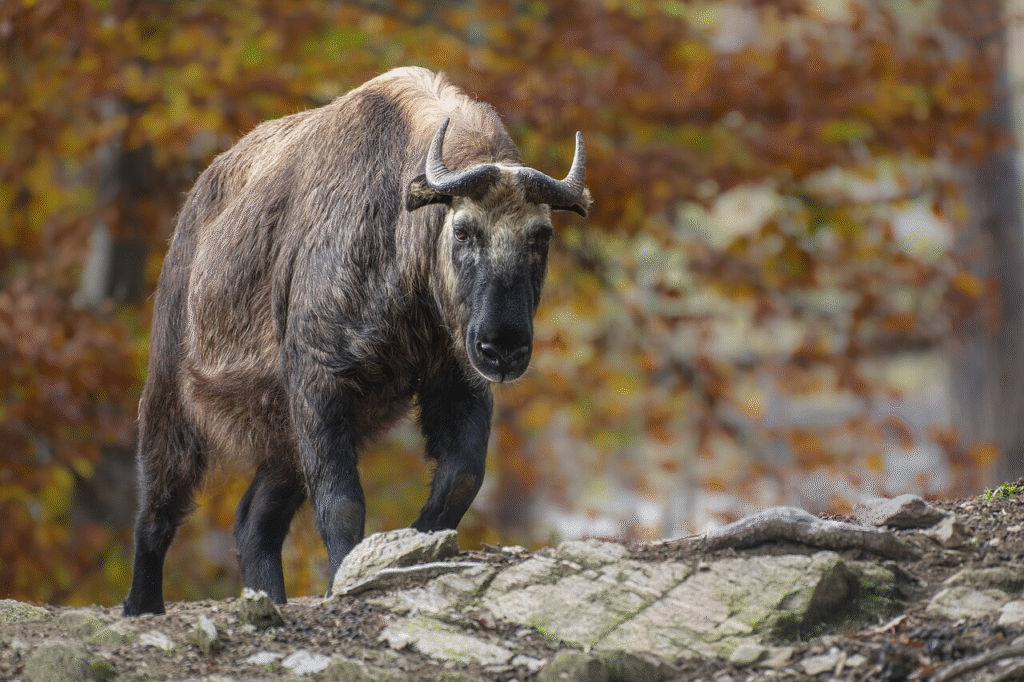Book Your Safari
Complete the form below to reserve your safari. Our team will confirm your booking and offer further details.
Complete the form below to reserve your safari. Our team will confirm your booking and offer further details.
Share your travel dreams, and we'll craft a personalised itinerary for you!
The quote provided is an estimate based on the information you supply. Final pricing may vary based on availability, changes in travel dates, and additional details.

Bhutan, a kingdom renowned for its pristine landscapes and deep-rooted traditions, hides within its rugged terrains a fascinating creature—the Takin. Often called Bhutan’s national animal, this rare beast inspires awe and curiosity. In this detailed guide, we take you on a journey through Bhutan’s wild to discover the secrets of the elusive Takin, its habitat, and the unique cultural ties that bind it to the Bhutanese spirit.

Bhutan’s wild is a sanctuary where biodiversity thrives. With over 70% of the country covered in forests, its protected parks such as Jigme Dorji National Park and Royal Manas National Park shelter countless species. The Takin shares this domain with snow leopards, red pandas, and Himalayan blue sheep.
To learn more about Bhutan’s conservation efforts, visit WWF Bhutan.

The Takin (Budorcas taxicolor) is unlike any other animal. With a body resembling a cow and a head akin to a goat, its unusual appearance has puzzled zoologists for decades. Weighing up to 350 kg, the Takin’s large snout and thick coat suit Bhutan’s alpine climate.
According to National Geographic, the Takin’s evolutionary oddity makes it a living relic of the Himalayan ecosystem.

The Takin’s story is interwoven with Bhutanese legend. It is said that the 15th-century saint Drukpa Kunley created the creature by magically fusing a goat’s head with a cow’s body. This tale, still recited by local guides, reinforces the Takin’s sacred status in Bhutanese culture.

You can witness this majestic creature in several protected areas:
To plan your journey and explore tailored wildlife adventures, visit Asian Safaris.
The Takin plays a crucial role in Bhutan’s mountain ecosystem. As a herbivore, it helps maintain plant diversity and balance by grazing on various shrubs and grasses. Its migratory patterns also aid in seed dispersal, supporting forest regeneration.
For more on mountain ecology, see ICIMOD.
The ideal period for a Takin expedition is April to June and September to November, when Bhutan’s weather is at its best. Clear skies and pleasant temperatures make treks safer and wildlife easier to spot.
If planning your trek, review Bhutan’s climate guide via ClimateData.

Some recommended routes to explore the Takin’s habitat include:
These treks not only enhance your chance of sighting a Takin but also immerse you in breathtaking Himalayan vistas.
Read more about Bhutan trekking at Trekking Bhutan.
Bhutan’s government and conservation groups work tirelessly to protect the Takin. The country’s policy of Gross National Happiness aligns with sustainable environmental protection. Anti-poaching measures, habitat preservation, and eco-tourism initiatives play vital roles in safeguarding the Takin.
Discover Bhutan’s unique conservation approach via Bhutan Foundation.
While searching for the Takin, responsible tourism is essential. Stick to marked trails, avoid littering, and respect wildlife. By doing so, visitors contribute to the conservation of Bhutan’s fragile ecosystems.
Guidelines on eco-tourism can be found at UNEP Eco-tourism.
Photographing a Takin in its natural habitat is a rewarding challenge. Early morning and dusk offer the best lighting. A telephoto lens (at least 300mm) is recommended to capture intimate shots without disturbing the animal.
For wildlife photography tips, visit Nature TTL.
Bhutanese cuisine offers a sensory delight during your expedition. Don’t miss Ema Datshi (chilli cheese stew) and Phaksha Paa (pork with red chilies). These dishes warm the soul after a long trek.
1. Where is the best place to see a Takin in Bhutan?
The Motithang Takin Preserve in Thimphu is the most accessible spot for visitors.
2. Is the Takin endangered?
The Takin is classified as Vulnerable on the IUCN Red List due to habitat loss and hunting.
3. How did the Takin become Bhutan’s national animal?
Its mythical origins tied to Drukpa Kunley and its uniqueness led to its selection as Bhutan’s national animal.
4. Can I trek without a guide?
In Bhutan, trekking without a licensed guide is not permitted for safety and environmental reasons.
5. What should I pack for a Takin trek?
Sturdy boots, layers for cold weather, rain gear, a camera, and eco-friendly essentials like reusable water bottles.
6. Are there cultural rules I should follow when visiting wildlife areas?
Yes, always dress modestly, seek permission before photographing locals, and avoid loud noises that might disturb wildlife.
A journey into Bhutan’s wild to find the enigmatic and rare Takin is more than an adventure; it’s a spiritual and ecological pilgrimage. The Takin stands as a symbol of Bhutan’s harmonious relationship with nature—a relationship visitors are privileged to witness and support. So, lace up your boots, respect the wild, and embark on this once-in-a-lifetime quest.